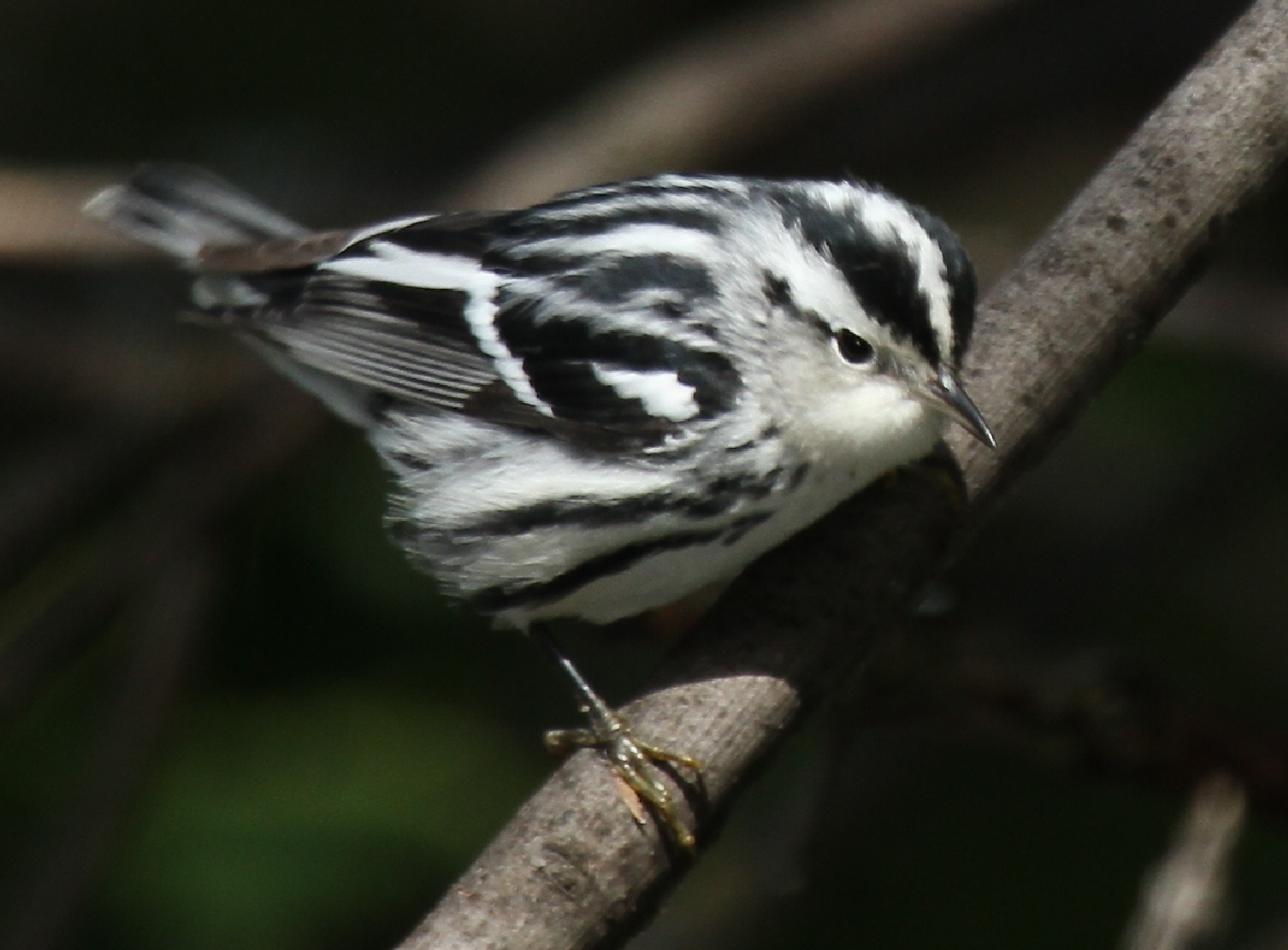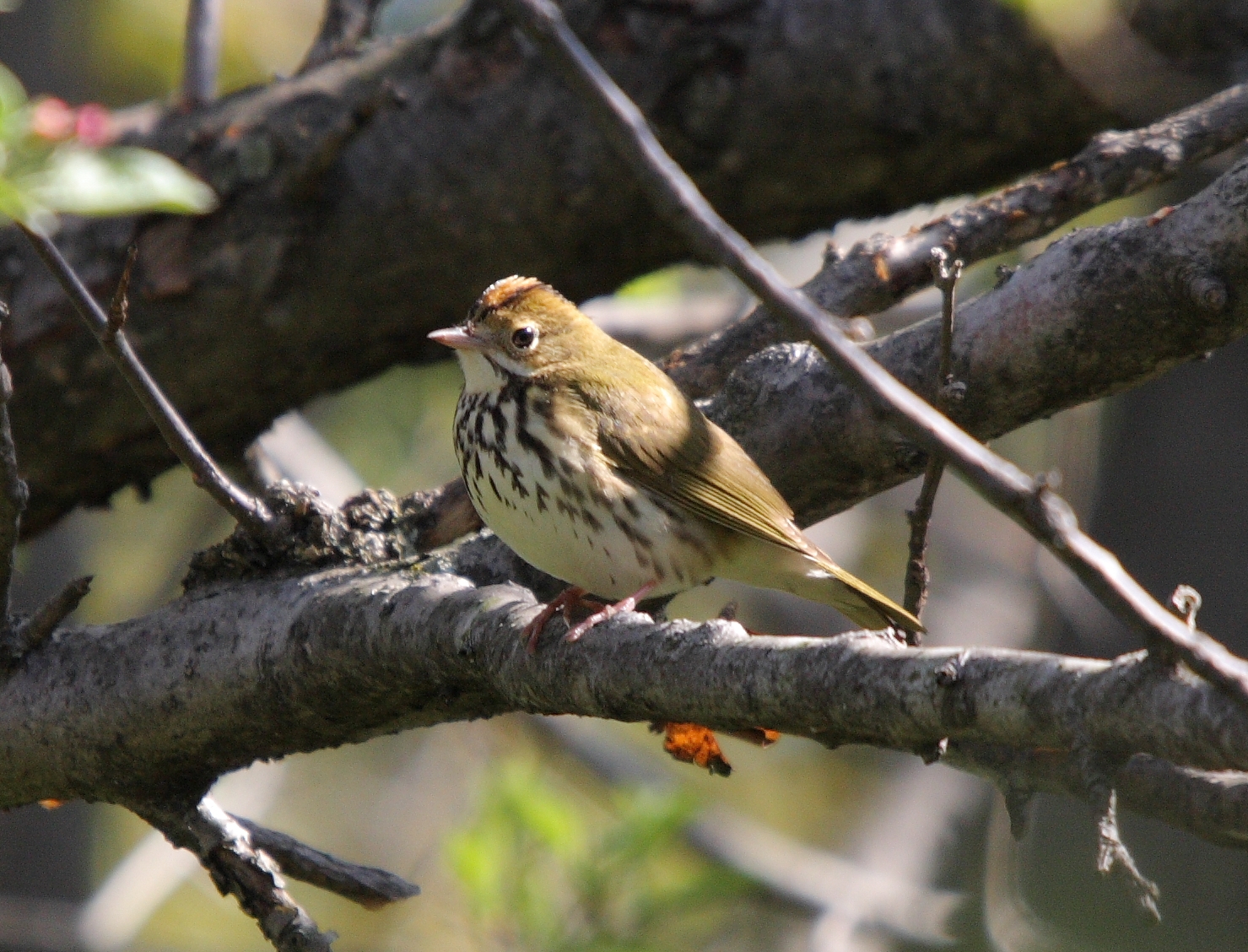|
New World Warbler
The New World warblers or wood-warblers are a group of small, often colorful, passerine birds that make up the family Parulidae and are restricted to the New World. They are not closely related to Old World warblers or Australian warblers. Most are arboreal, but some, like the ovenbird and the two waterthrushes, are primarily terrestrial. Most members of this family are insectivores. This group likely originated in northern Central America, where the greatest number of species and diversity between them is found. From there, they spread north during the interglacial periods, mainly as migrants, returning to the ancestral region in winter. Two genera, '' Myioborus'' and ''Basileuterus'', seem to have colonized South America early, perhaps before the two continents were linked, and together constitute most warbler species of that region. The scientific name for the family, Parulidae, originates from the fact that Linnaeus in 1758 named the northern parula as a tit, ''Parus amer ... [...More Info...] [...Related Items...] OR: [Wikipedia] [Google] [Baidu] |
Prothonotary Warbler
The prothonotary warbler (''Protonotaria citrea'') is a small songbird of the New World warbler family. It is named for its plumage which resembles the yellow robes once worn by papal clerks (named prothonotaries) in the Roman Catholic church. The prothonotary warbler is the only member of the genus ''Protonotaria'' and the only eastern warbler that nests in natural or artificial cavities. Taxonomy The prothonotary warbler was described by the French polymath Georges-Louis Leclerc, Comte de Buffon in 1779 in his '' Histoire Naturelle des Oiseaux'' from a specimen collected in Louisiana. Buffon coined the French name ''Le figuier protonotaire''. The bird was also illustrated in a hand-coloured plate engraved by François-Nicolas Martinet in the ''Planches Enluminées D'Histoire Naturelle,'' which was produced under the supervision of Edme-Louis Daubenton to accompany Buffon's text. Neither the plate caption nor Buffon's description included a scientific name but in 1783 the Dutc ... [...More Info...] [...Related Items...] OR: [Wikipedia] [Google] [Baidu] |
10th Edition Of Systema Naturae
The 10th edition of ''Systema Naturae'' is a book written by Swedish naturalist Carl Linnaeus and published in two volumes in 1758 and 1759, which marks the starting point of zoological nomenclature. In it, Linnaeus introduced binomial nomenclature for animals, something he had already done for plants in his 1753 publication of '' Species Plantarum''. Starting point Before 1758, most biological catalogues had used polynomial names for the taxa included, including earlier editions of ''Systema Naturae''. The first work to consistently apply binomial nomenclature across the animal kingdom was the 10th edition of ''Systema Naturae''. The International Commission on Zoological Nomenclature therefore chose 1 January 1758 as the "starting point" for zoological nomenclature, and asserted that the 10th edition of ''Systema Naturae'' was to be treated as if published on that date. Names published before that date are unavailable, even if they would otherwise satisfy the rules. The only ... [...More Info...] [...Related Items...] OR: [Wikipedia] [Google] [Baidu] |
Leiothlypis
''Leiothlypis'' is a genus of New World warbler, formerly classified within the genus ''Oreothlypis'' or '' Vermivora''. The genus was introduced by the Dutch ornithologist George Sangster in 2008 with the Tennessee warbler (''Leiothlypis peregrina'') as the type species. The genus name is derived from the Ancient Greek λειος/''leios'' meaning "plain" and θλυπις/''thlupis'', an unknown small bird mentioned by Aristotle. Although in 2009 the genus was rejected by the American Ornithological Society The American Ornithological Society (AOS) is an ornithological organization based in the United States. The society was formed in October 2016 by the merger of the American Ornithologists' Union (AOU) and the Cooper Ornithological Society. Its m ...'s Committee on Classification and Nomenclature of North and Middle American Birds, it was accepted in their 2019 supplement to the ''Check-list of North American Birds''. Species Six species are recognised: References {{T ... [...More Info...] [...Related Items...] OR: [Wikipedia] [Google] [Baidu] |
Oreothlypis
''Oreothlypis'' is a genus of New World warbler. Most members of this genus for formerly classified in the genus ''Vermivora''. However, the species then in ''Vermivora'' were more closely related to the flame-throated warbler and crescent-chested warbler, then classed in ''Parula'', than to other species of ''Vermivora''. Initially, the new genus ''Leiothlypis'' was proposed for these species by Sangster in 2008, but the American Ornithologists' Union The American Ornithological Society (AOS) is an ornithological organization based in the United States. The society was formed in October 2016 by the merger of the American Ornithologists' Union (AOU) and the Cooper Ornithological Society. Its m ... opted to classify them along with the flame-throated and crescent-chested warblers in the existing genus ''Oreothlypis'', though accepted the change in 2019. Species References Bird genera Parulidae Taxa named by Robert Ridgway {{Parulidae-stub ... [...More Info...] [...Related Items...] OR: [Wikipedia] [Google] [Baidu] |
Mniotilta
The black-and-white warbler (''Mniotilta varia'') is a species of New World warbler, and the only member of its genus, ''Mniotilta''. It breeds in northern and eastern North America and winters in Florida, Central America, and the West Indies down to Peru. This species is a very rare vagrant to western Europe. Relative to other New World warblers, it is not well studied. Description The black-and-white warbler is to in length with a mass of to grams. Wingspan ranges from 7.1-8.7 in (18-22 cm). True to their name, black-and-white warblers are black and white in colour. Both sexes have black and white crowns with a white eyebrow, black streaking on a white belly, black wings with two white wing bars, a black tail, a black-and-white streaked back, streaky undertail coverts, and grey-black legs and feet. Breeding males have a black-and-white streaked throat and black cheek, while females have a grey cheek and a white-cream coloured throat and sides. First fall males ar ... [...More Info...] [...Related Items...] OR: [Wikipedia] [Google] [Baidu] |
Vermivora
''Vermivora'' is a genus of New World warblers. Species Three species are accepted in the genus,IOC World Bird LisFamily Parulidae one of them probably extinct: Several additional species were formerly included in ''Vermivora'', but have now been transferred to the genus ''Leiothlypis'':Lovette, I. J. et al. (2010). A comprehensive multilocus phylogeny for the wood-warblers and a revised classification of the Parulidae (Aves). ''Molecular Phylogenetics and Evolution'' 57 (2): 753-770Abstract/ref> * Tennessee warbler ''Leiothlypis peregrina'' * Orange-crowned warbler ''Leiothlypis celata'' * Nashville warbler ''Leiothlypis ruficapilla'' * Virginia's warbler ''Leiothlypis virginiae'' * Colima warbler ''Leiothlypis crissalis'' * Lucy's warbler ''Leiothlypis luciae'' References Vermivora, Bird genera Parulidae Native birds of the Eastern United States, * {{Parulidae-stub ... [...More Info...] [...Related Items...] OR: [Wikipedia] [Google] [Baidu] |
Seiurus
The ovenbird (''Seiurus aurocapilla'') is a small songbird of the New World warbler family (Parulidae). This migratory bird breeds in eastern North America and winters in Central America, many Caribbean islands, Florida and northern Venezuela. Taxonomy The genus ''Seiurus'' is currently treated as monotypic, containing only the ovenbird; it is genetically distinct from all other species in the family Parulidae, probably the first genus to evolve separately from the rest of the family. Before the recent genetic studies were carried out, the waterthrushes were also included in ''Seiurus''; these are now treated separately in the genus ''Parkesia'' as they are not very closely related to the ovenbird. The species name ''aurocapilla'' is a noun phrase, so the original spelling is retained, not changed according to the gender of the genus name; Linnaeus originally named it ''Motacilla aurocapilla'', and the ending is not changed to -''us'' as commonly cited in the past. Etymologica ... [...More Info...] [...Related Items...] OR: [Wikipedia] [Google] [Baidu] |
.jpg)

.jpg)
.jpg)


